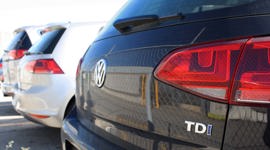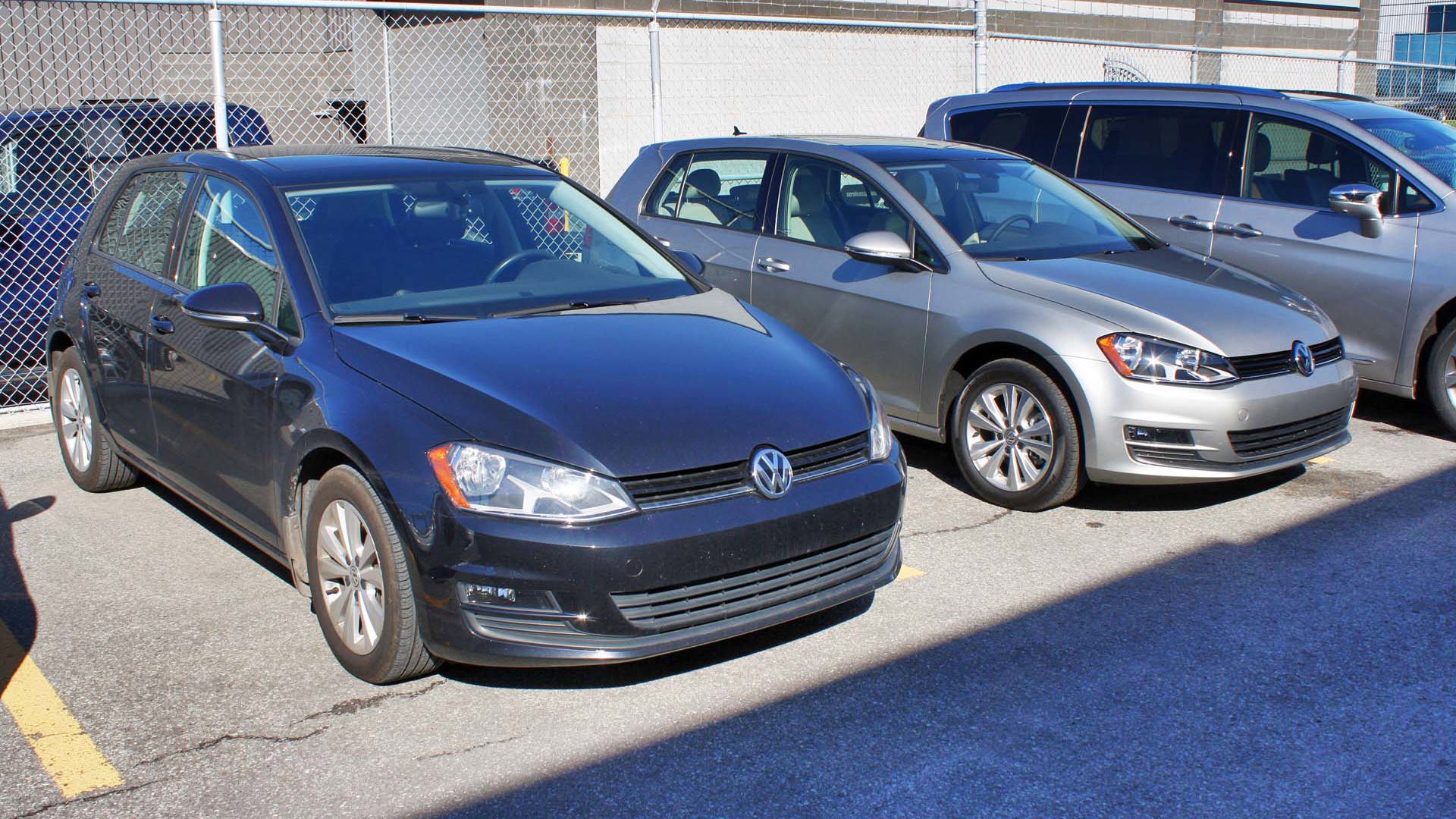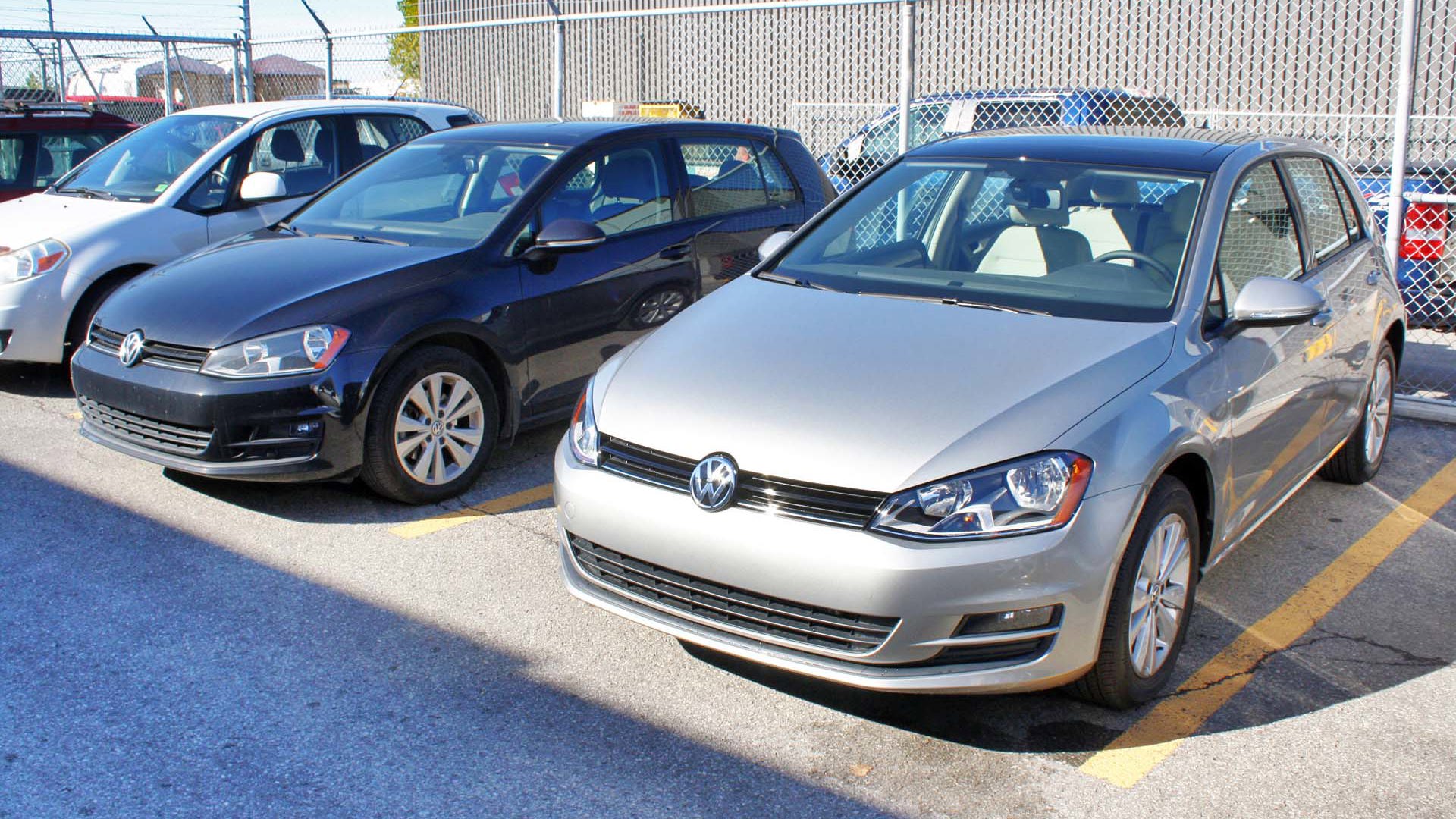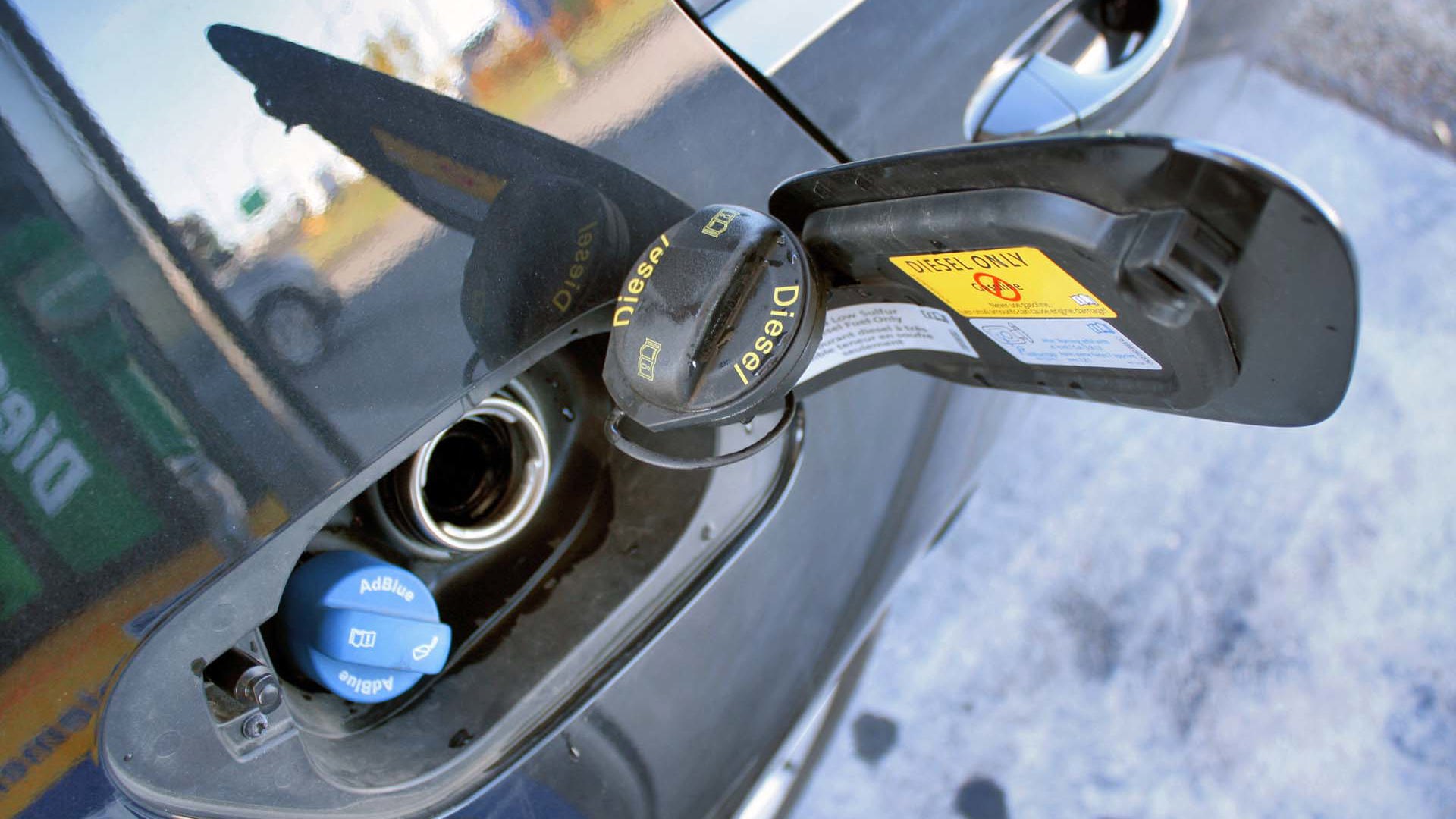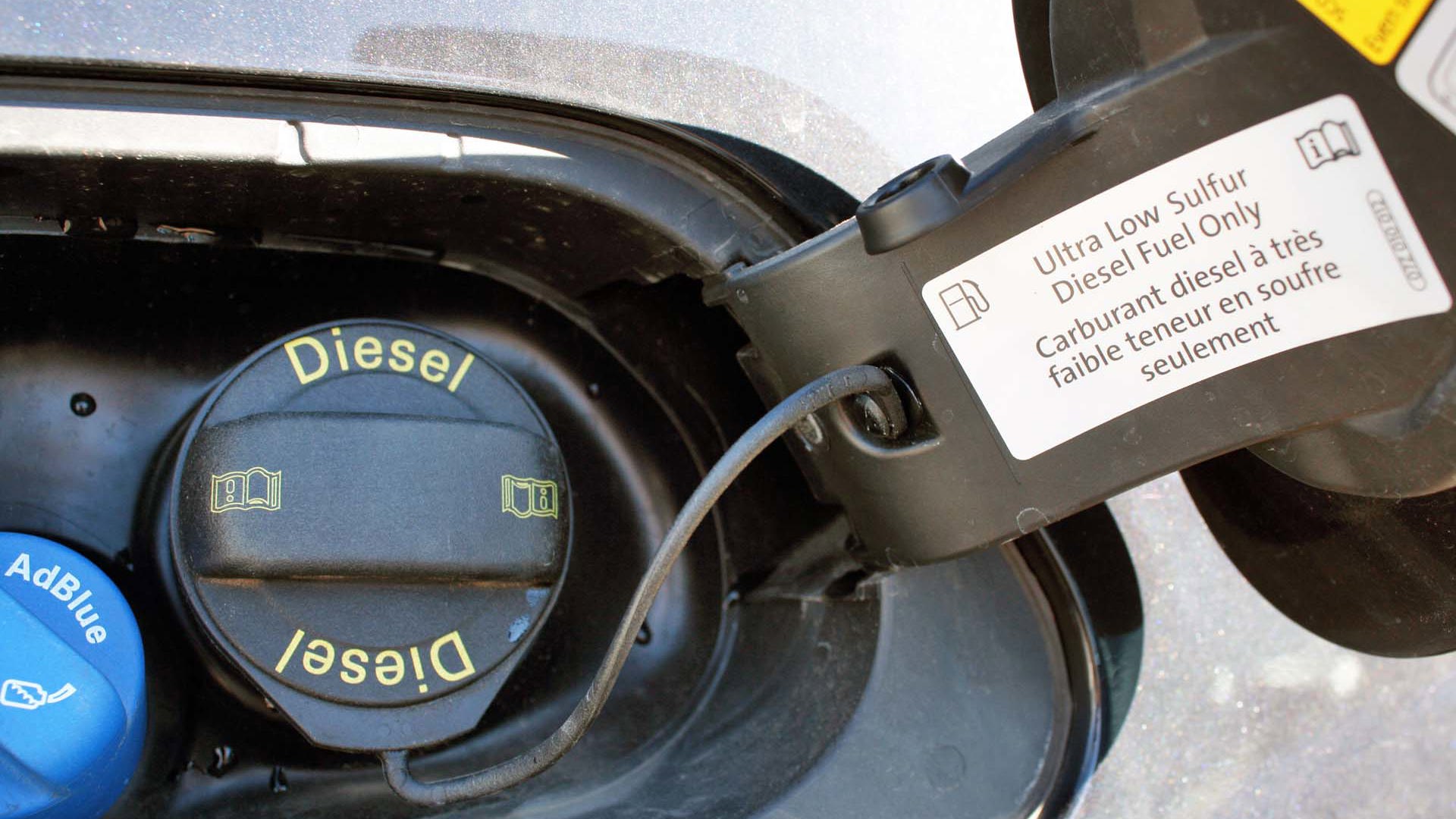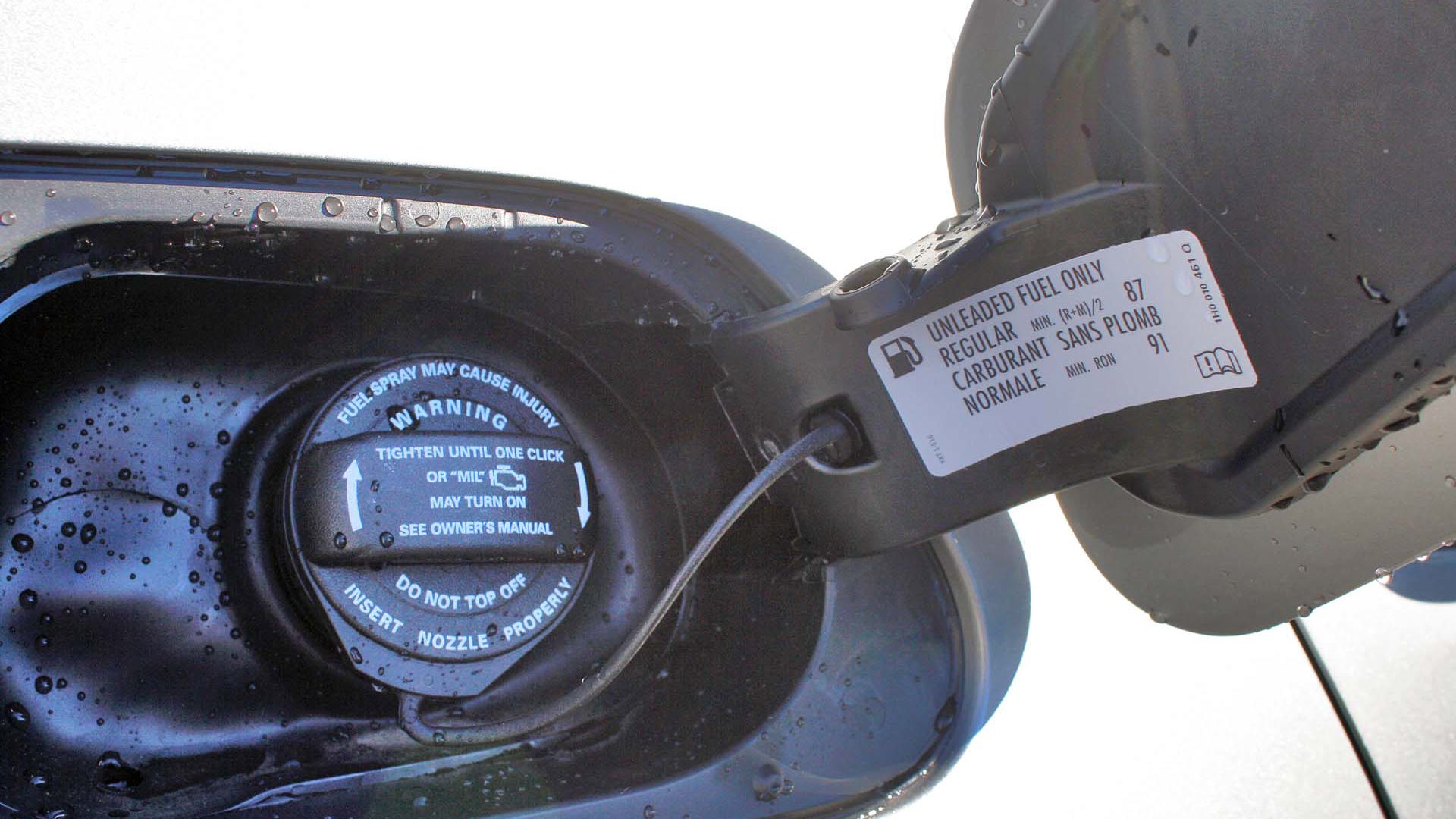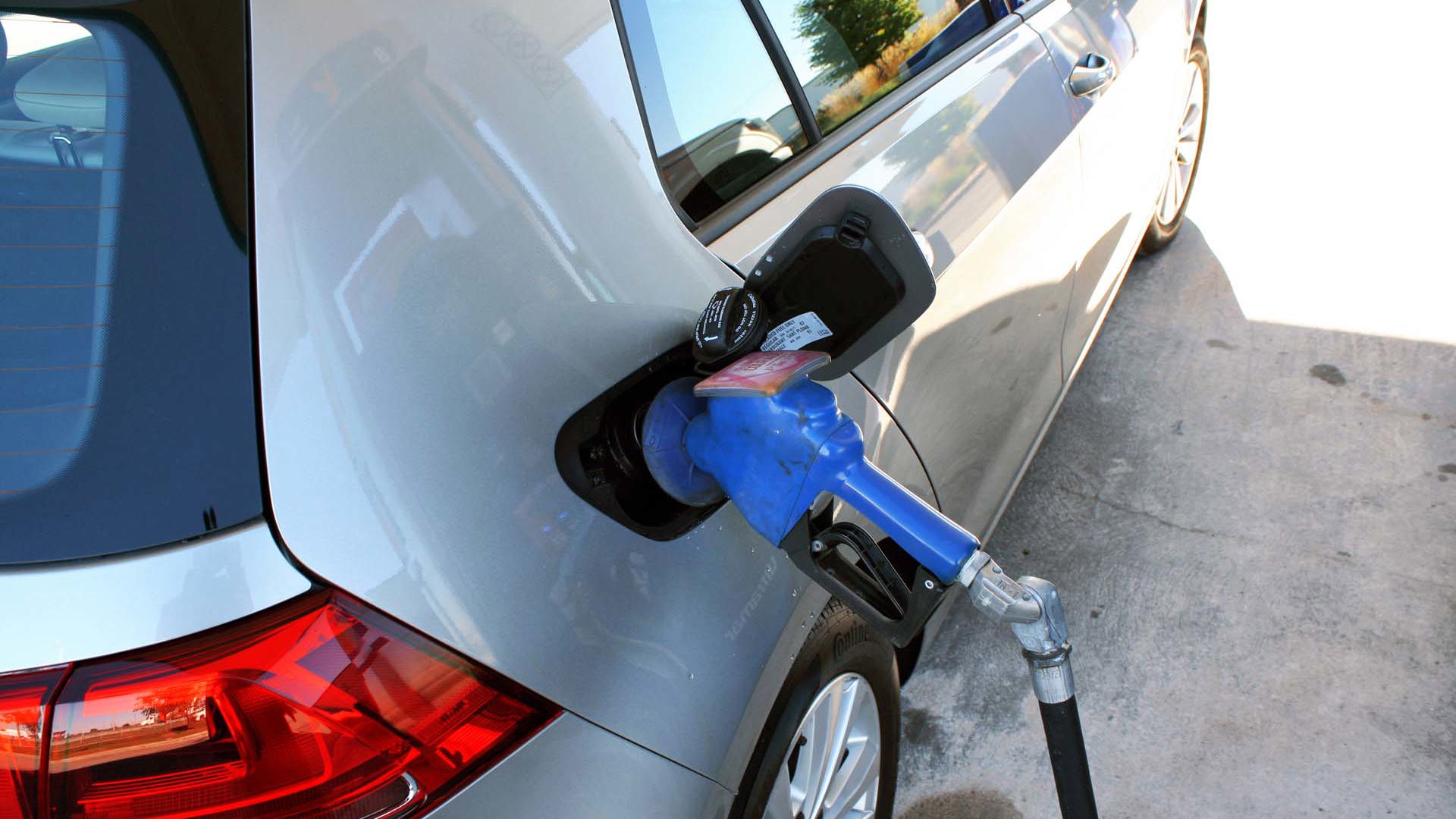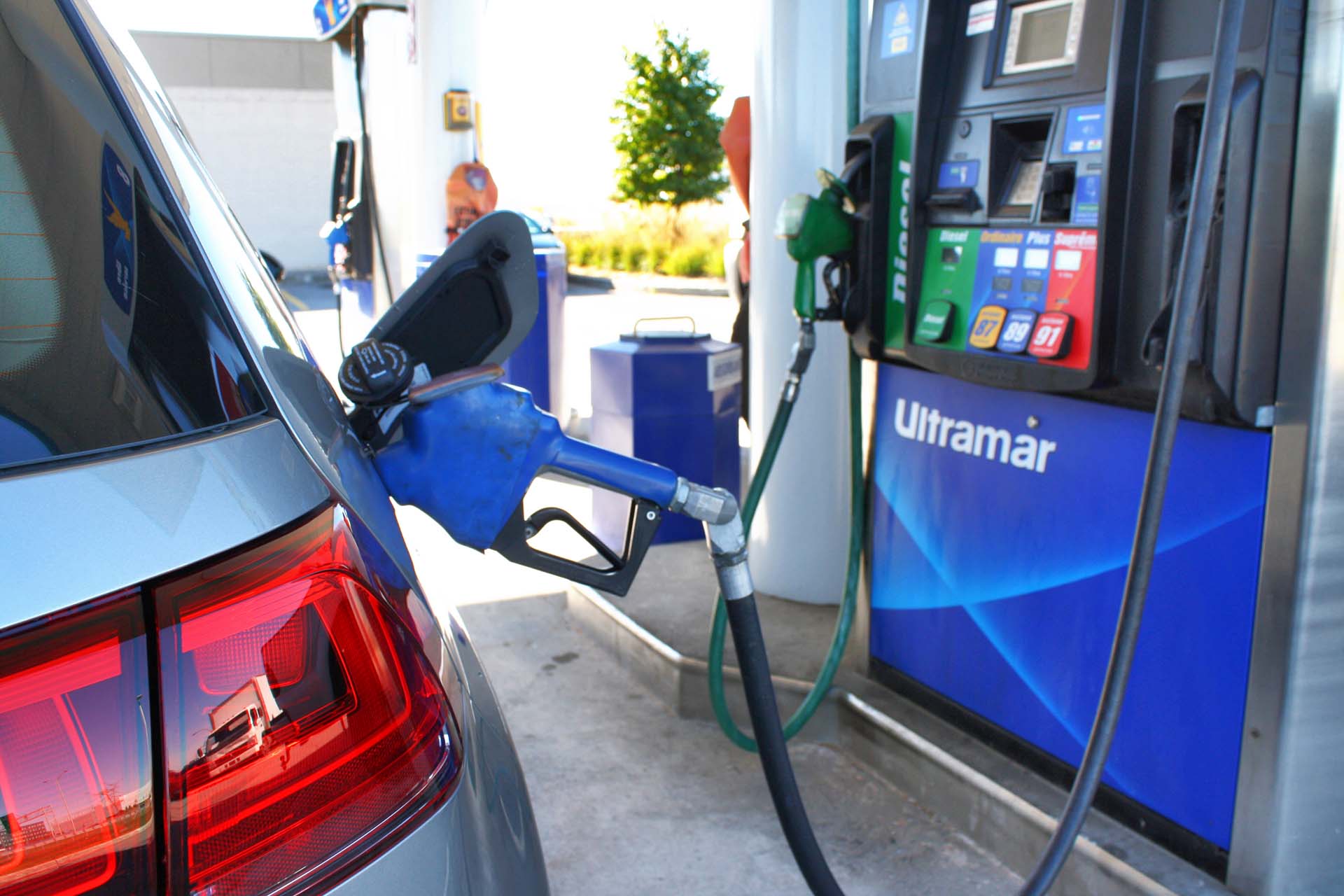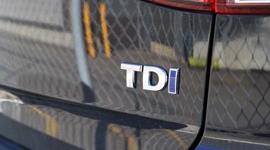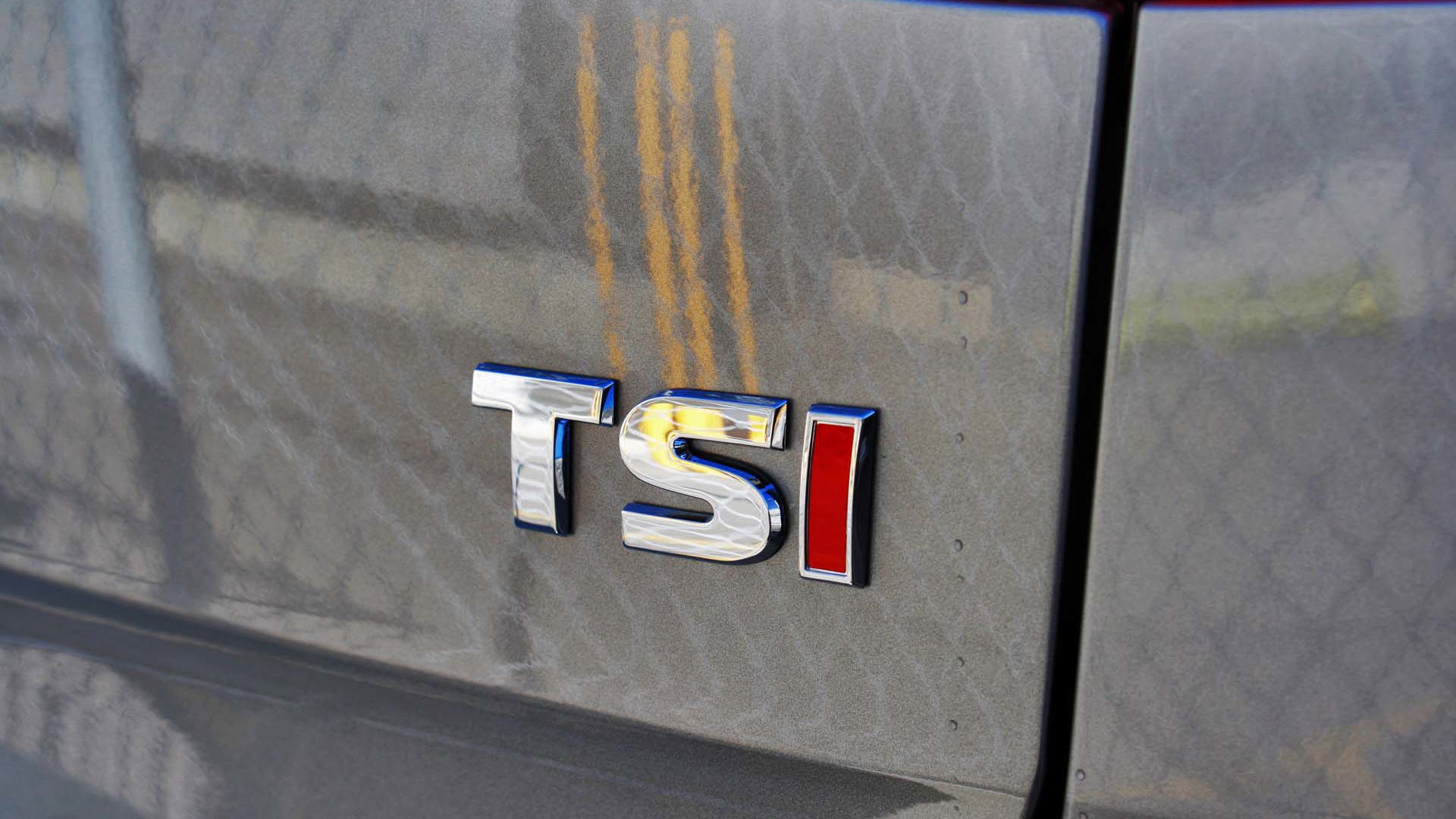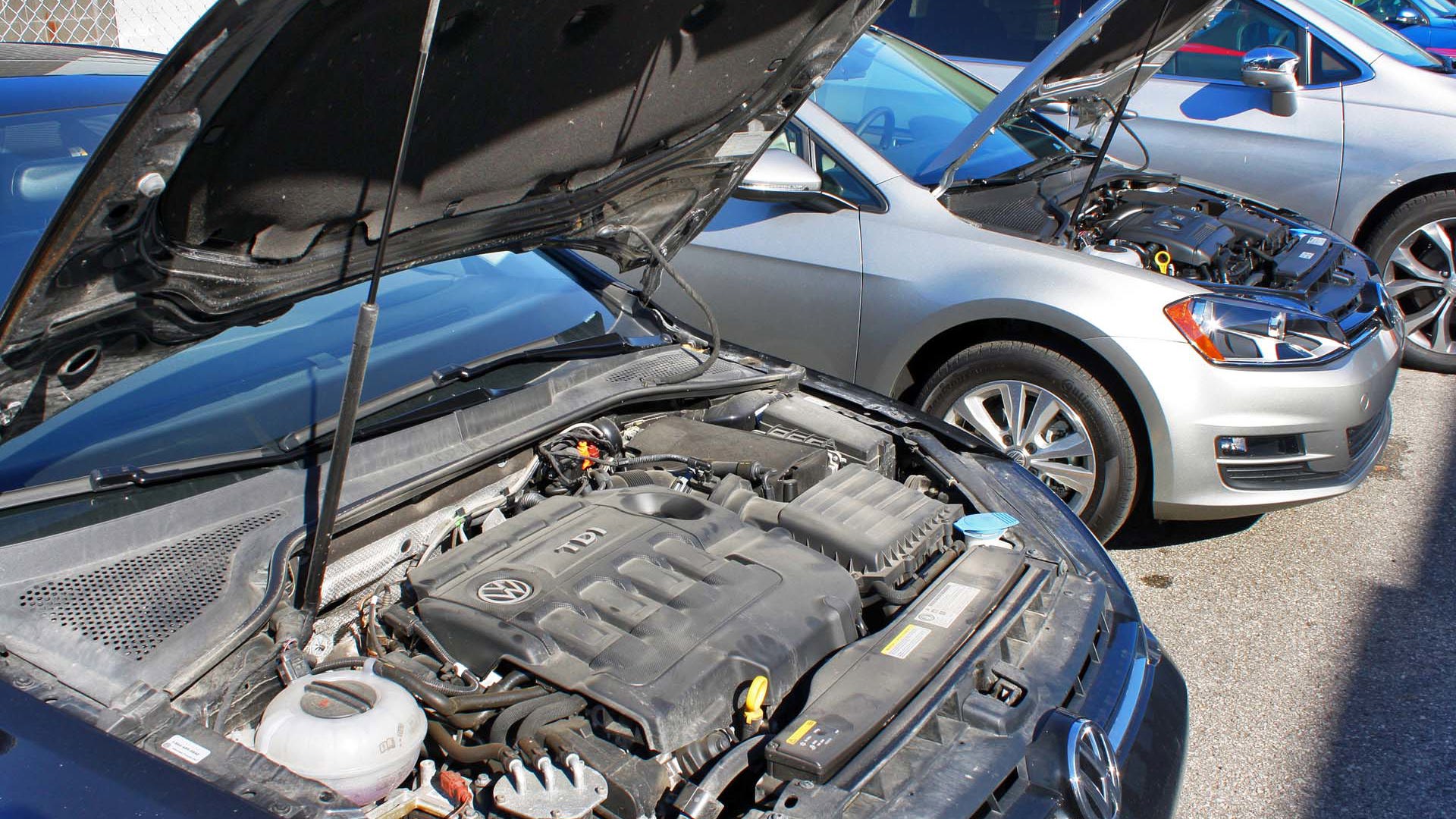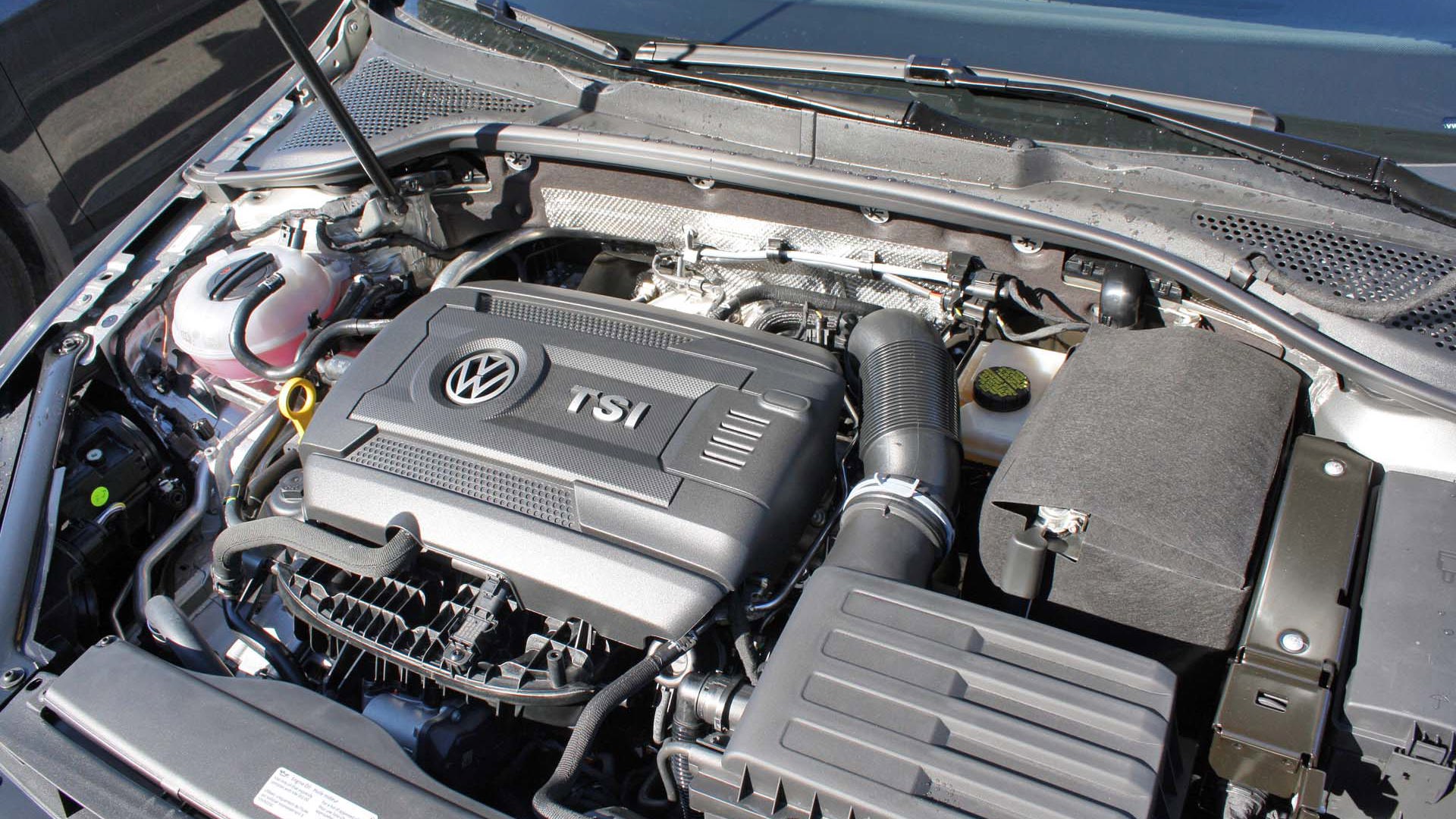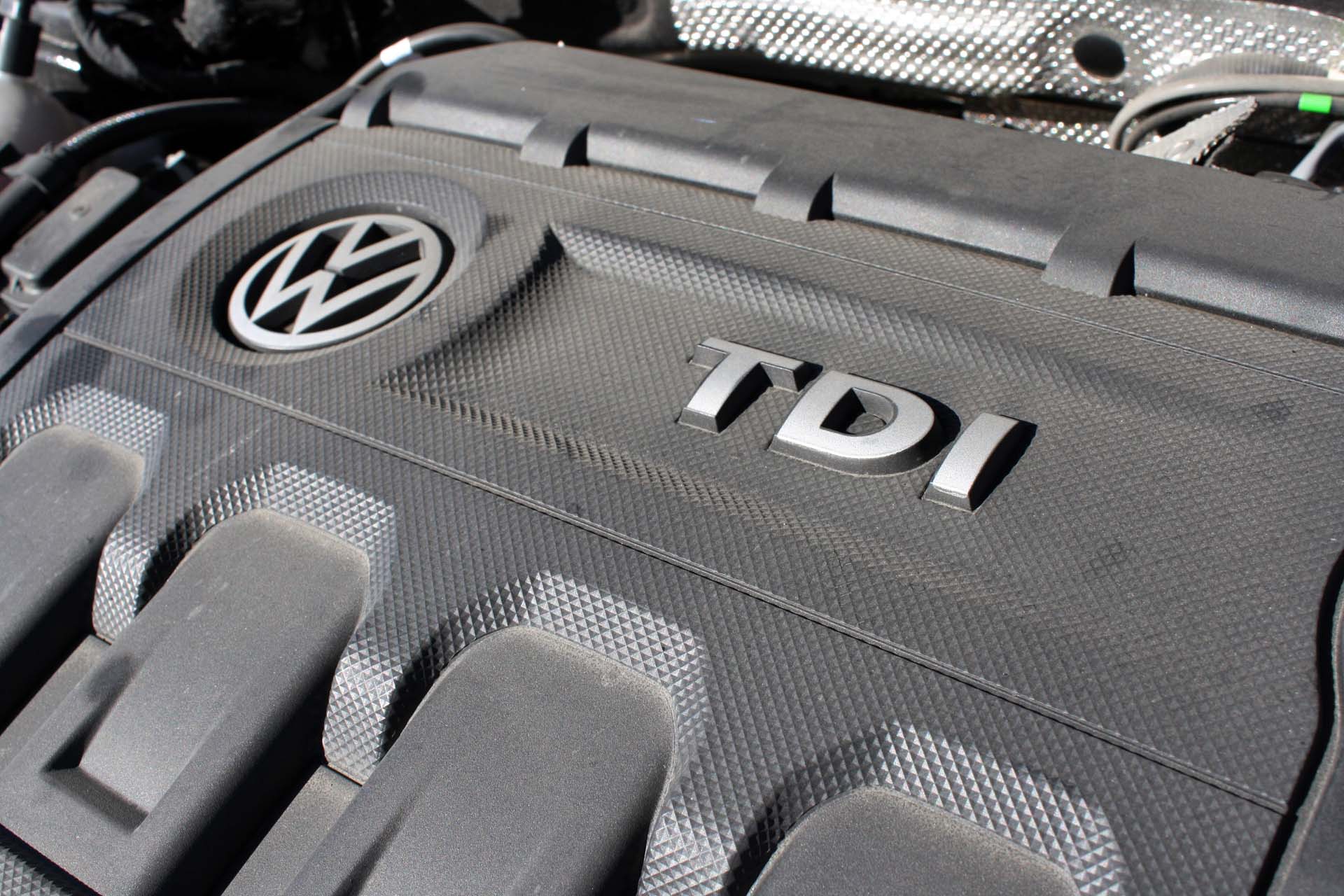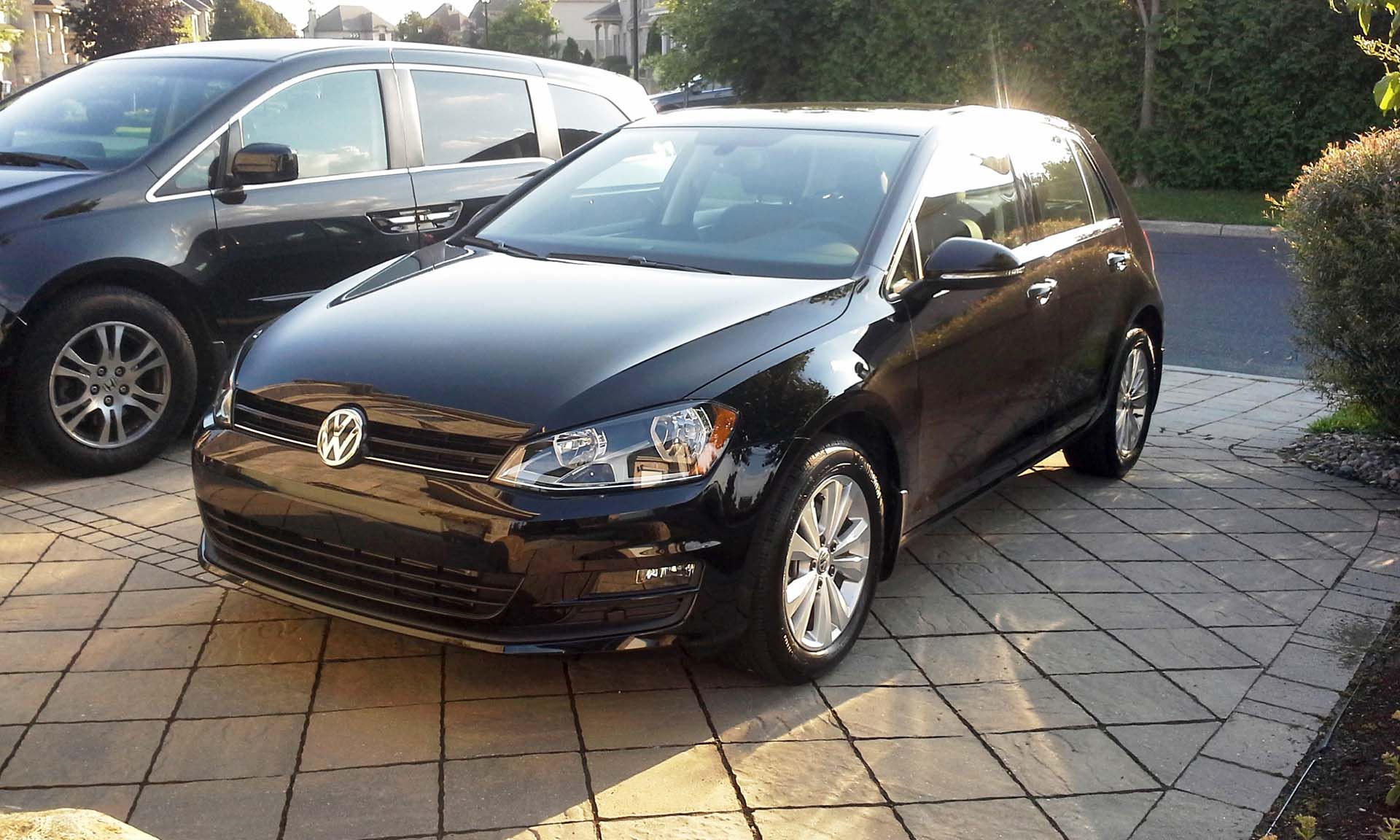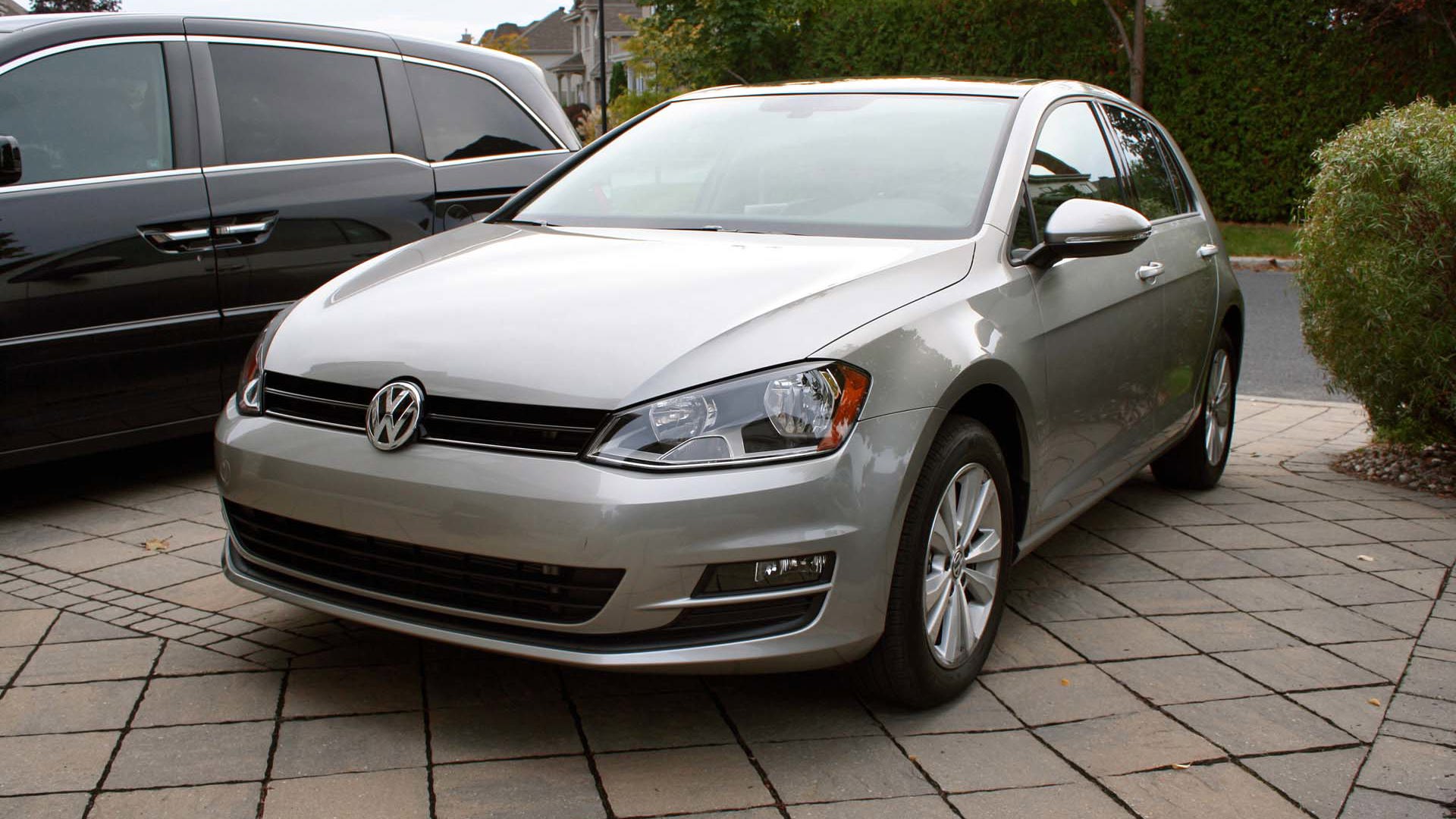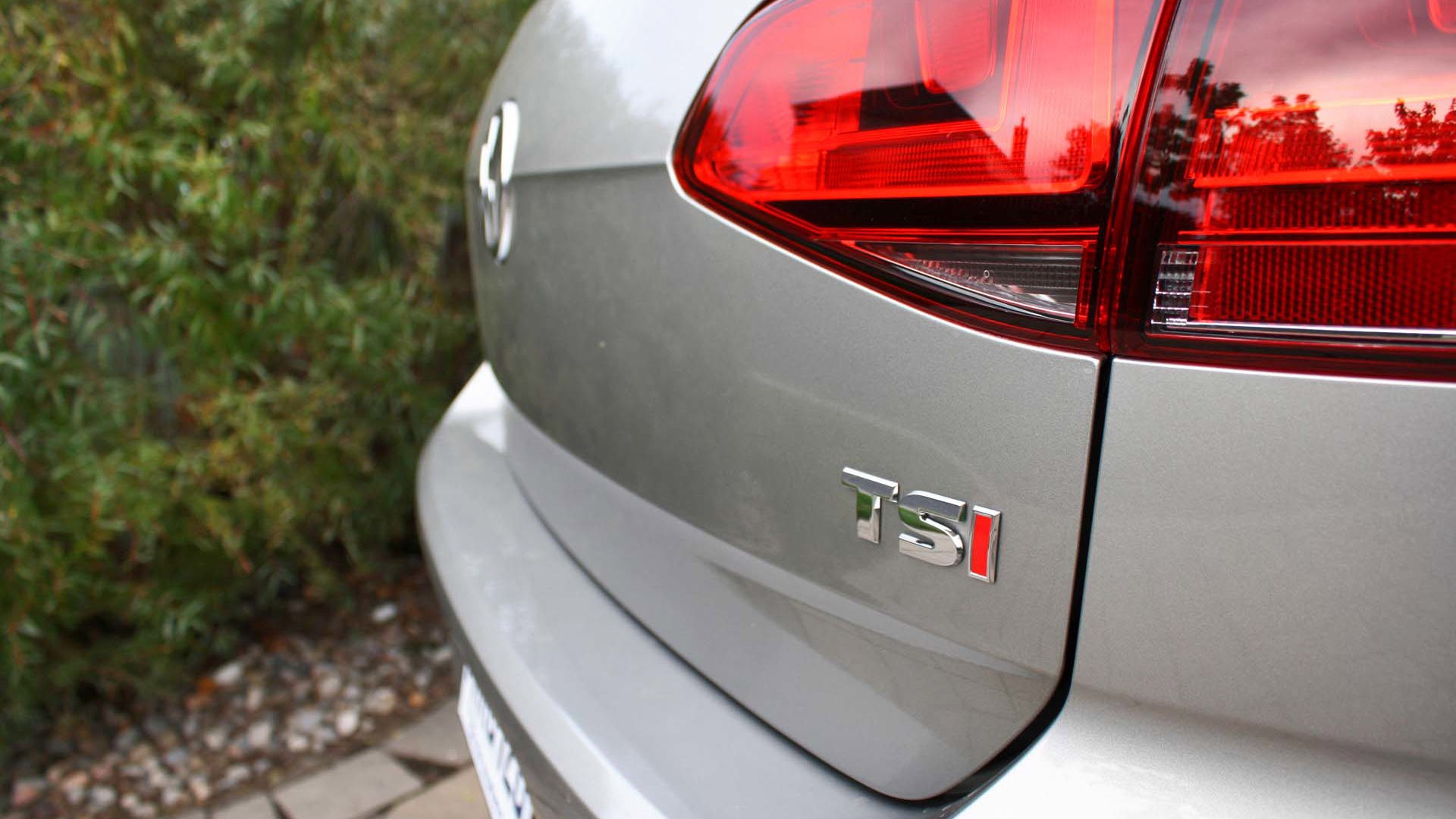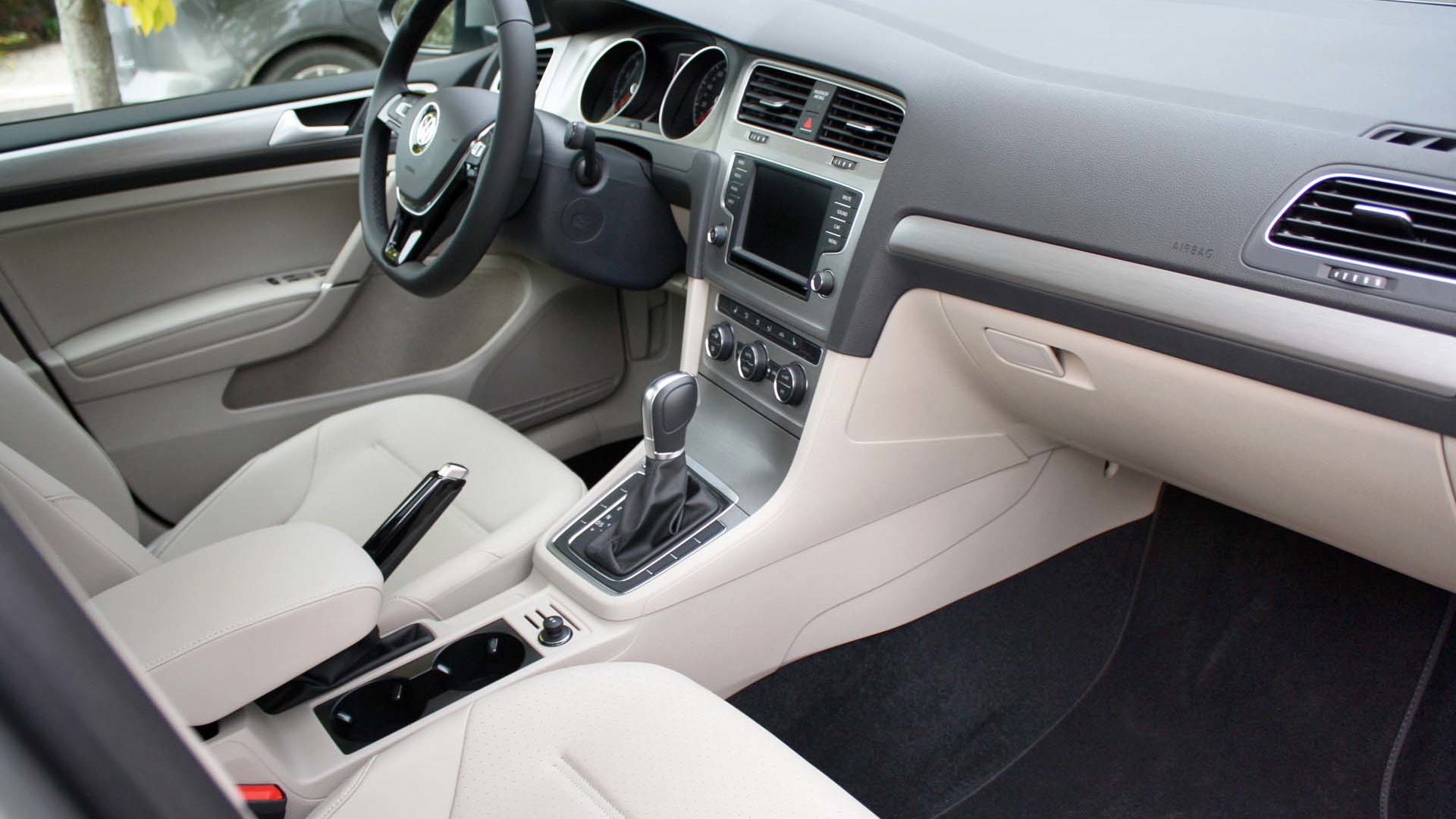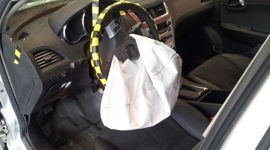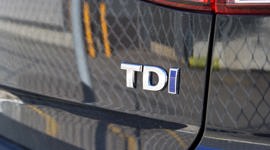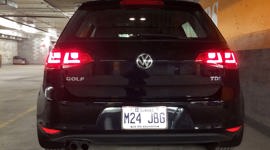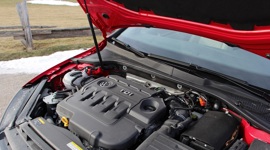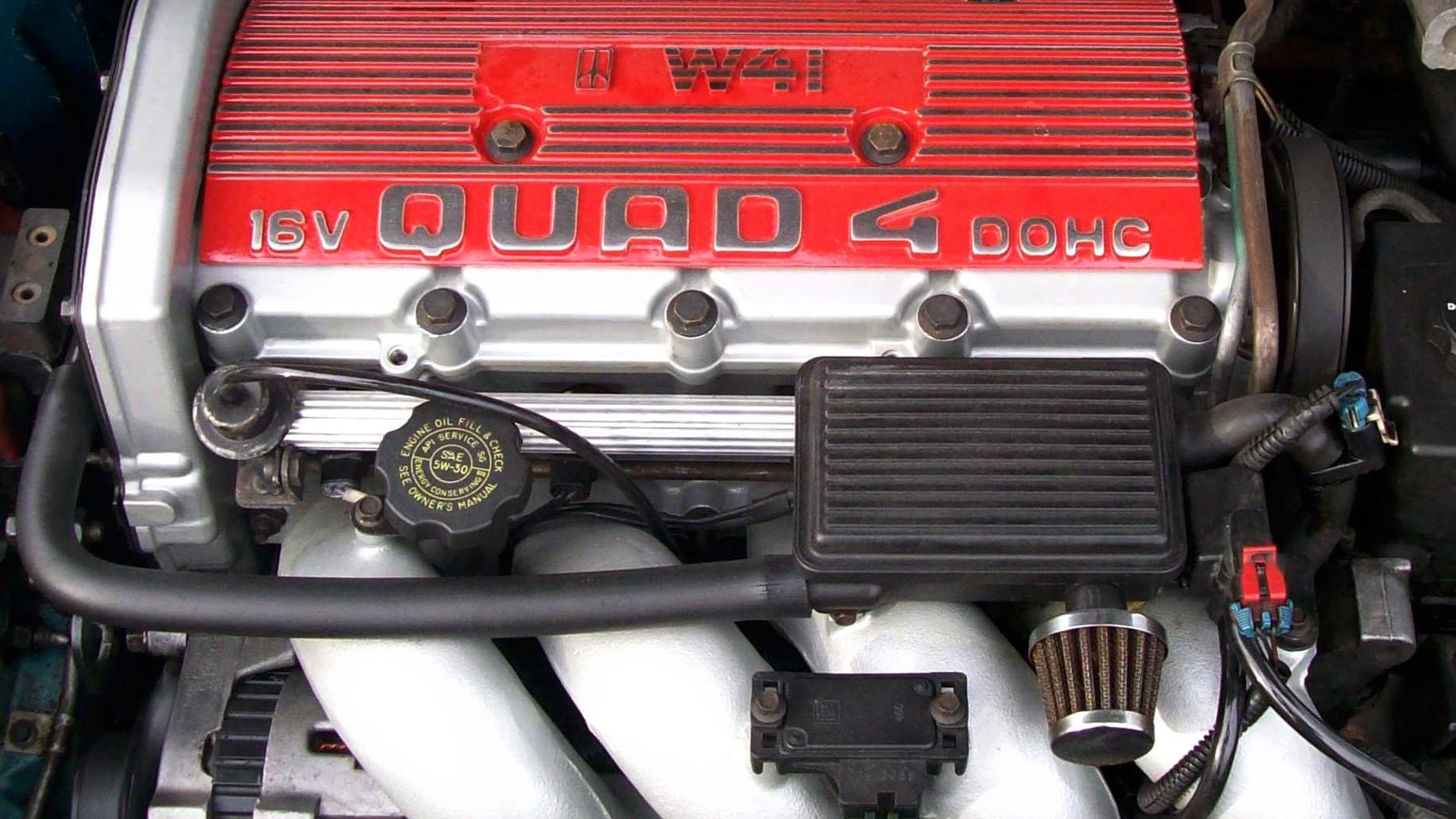Living in the Northeast, I’m used to being affected by weather coming from our neighbours south of the border. Rain, snow, cloud systems – they all cross the border and block out our light. Even atmospheric pollution crosses over, giving us acid rain despite our squeaky-clean hydro power. And these days, even the courts blow the diesel smoke up our way, shielding the fact that an impeding settlement for Canadian Volkswagen TDI owners is nowhere to be seen. Yet.
Initially, both our government and VW’s Canadian arm had pledged to follow the American Dieselgate ruling. So, as the US settlement unravelled, discussion boards were afire with discussions by Canadian TDI owners, hoping the whole buyback scheme would be taken care of before having to mount the snow tires on our cars. Ha! On June 28, Volkswagen of America (VWoA) and the Environmental Protection Agency (EPA) met in a California court and confirmed the general layout of the massive US settlement that had already leaked all over the web.
The following court date of July 26 confirmed a “preliminary agreement” on the deal between the parties by US judge Charles Breyer and the full terms of the agreement were published on a website created just for that purpose. TDI owners, by entering their VIN (vehicle identification number) and mileage were able to learn the range of buyback values for their cars, plus the approximate compensation money they were entitled to. Consumers were also able to pre-register for a buyback, should they choose not to have their cars repaired by VW.
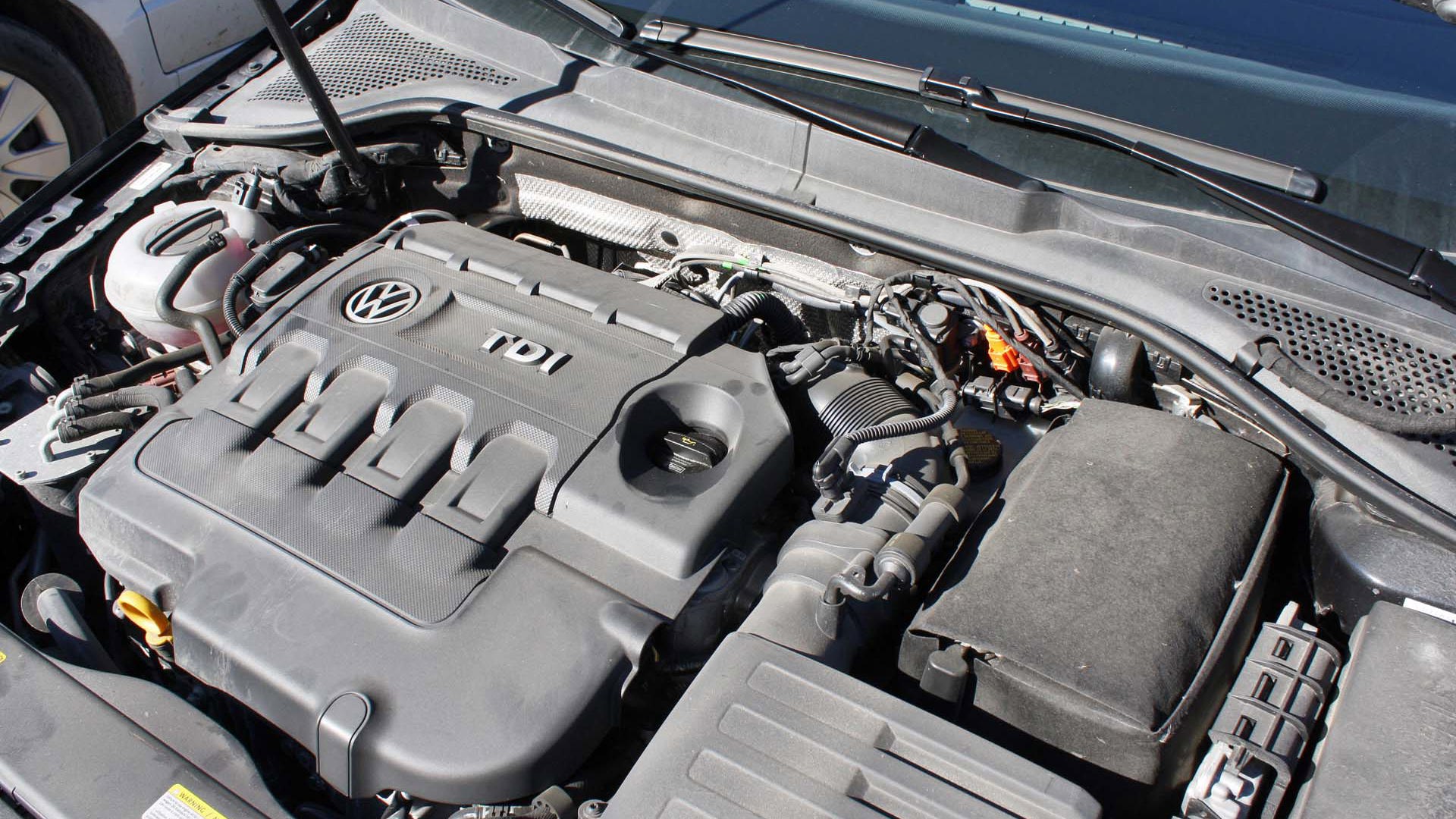
Of course, any form of repair requires the EPA to fully test and approve fixes submitted by VW. To be frank, while tentative repair calendars have been published by VW, only the Generation 3 TDI cars (model year 2015, like my own car) stand a chance of meeting emissions due to the inclusion of urea injection and all the other required hardware (and even then, the EPA is not optimistic on a possible fix).
Judge Breyer was due to approve the agreement on October 18, but he requested a delay so he could study complaints by consumers not satisfied with the agreement, or hear pleas from actors in the electric vehicle industry that felt some terms of the agreement could create an unfair advantage for VW (see below). Overall, 460 objections to the settlement were filed in court.
After considering all the pros and cons, on October 25, Judge Breyer officially approved the $14.7B settlement, stating that it was in the best interest of consumers to do so now.
The $ 14.7B USD American deal
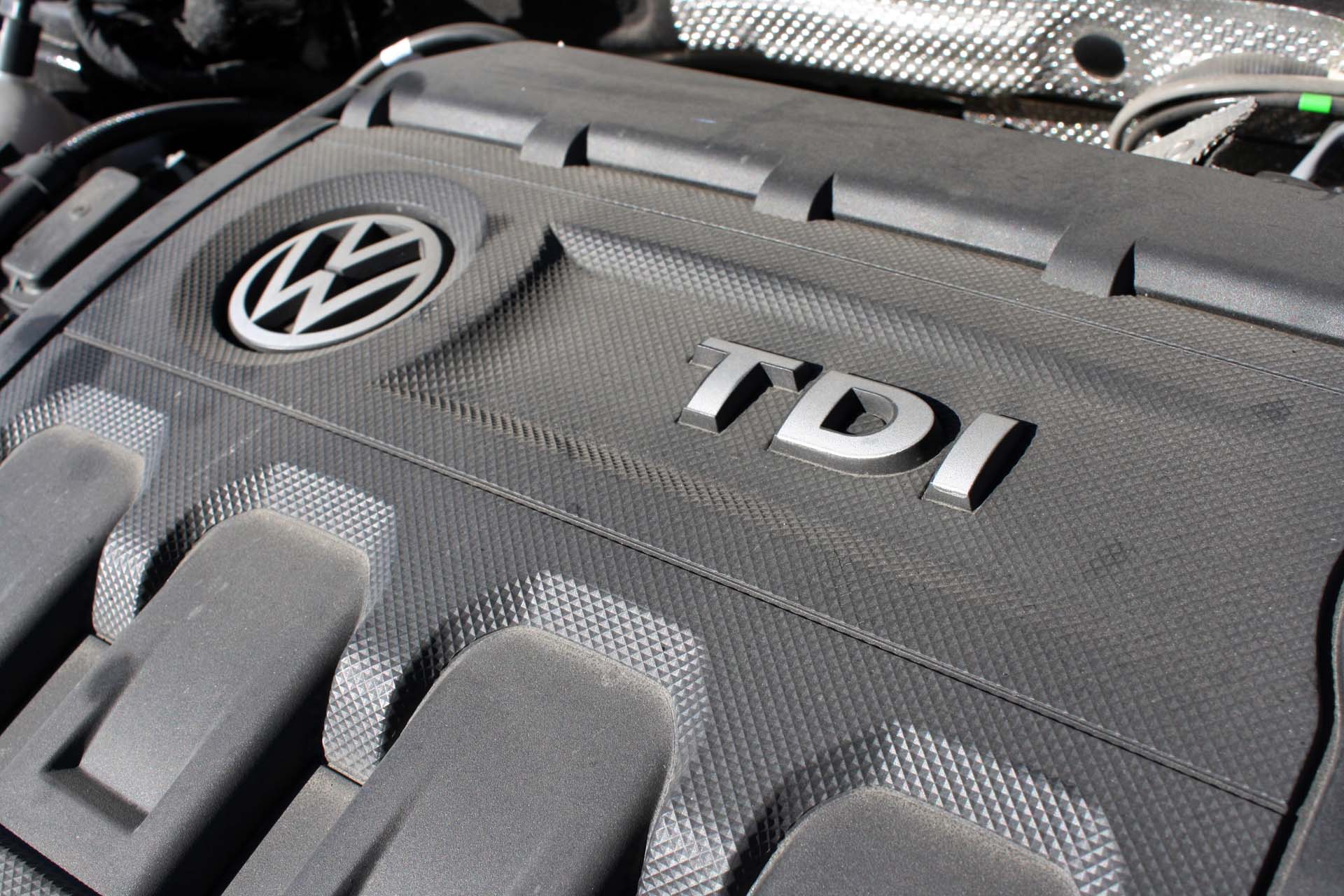
This is by far the largest civil settlement ever reached in history with an automaker for fraud and misconduct. Volkswagen has agreed to spend nearly $16.5B under this agreement, not counting all the other costs to its core business, nor losses in sales and legal issues in other markets. It’s a good thing Volkswagen is the world’s second-largest automobile manufacturer; a small firm like Mazda would have been bankrupted by such events.
The US settlement is as massive in details as it is in dollars. Let’s list its main components here (all money amounts in USD), but do keep in mind that none of it applies to the Canadian situation for now:
- Up to $10.33B will be spent on buyback and owner compensation, based on 100% buybacks and 100% lease terminations (meaning nobody getting their cars fixed, and/or EPA not approving any fixes).
- $4.7B will be spent on environmental initiatives to offset dirty diesel emissions and boost zero-emission vehicle infrastructure or projects (hence protests by suppliers of EV charging stations, who expect VW to overrun their core business), including $2.7B given to federal and Californian regulators to replace old buses on Native American tribal lands.
- $1.21B will be paid by VW to its dealers in a separate court deal to compensate them for losses.
- $603M will be paid to 44 states for consumer and environmental claims.
- 475,000 vehicles from model years 2009 to 2015, equipped with the 2.0 TDI engine, are covered by this settlement.
- An extra $85M will have to be paid by VW to the US government for every 1% below the target 85% of subject vehicles to be bought back or fixed – VW has two years to hit that target.
- Despite rumours, no fixes have been officially submitted to the EPA yet, except one that was promptly rejected.
- To this date, almost 72% of American TDI owners have opted to take part in the settlement – less than 1% of those who responded have refused.
- Book values for buybacks will be pre-dated to September 2015 (pre-scandal), based on the National Auto Dealers Association (NADA) “clean” trade-in value, taking only mileage into account.
- Owner compensations will vary from $5,100 (base 2009 Jetta TDI) to $10,000 (loaded 2015 Audi A3 TDI) – the more recent and expensive the vehicle, the larger the compensation. The exact formula is 20% of clean trade-in value plus $2,986.73 (but don’t ask me why).
- Compensation is paid to owners no matter their choice – buyback or repair.
- Lessees may receive about half of the compensation that a full owner would get for a similar car, and choose between lease terminations or repairs – there will be no lease termination fees.
- Owners have until September 1, 2018 to choose between a buyback or repair (if applicable), with no depreciation penalty except for the additional mileage on their cars – and have until December 30, 2018 to obtain their remedy of choice.
- Vehicles bought back by VW cannot be resold in the US or any other markets unless they are repaired to the satisfaction of the EPA.
- Bought-back vehicles that are not fixed must be “rendered inoperable” by the removing and disposal of the ECU, diesel oxidation catalyst and particulate filter – these parts can’t be salvaged, resold or exported.
- “Inoperable” vehicles may be recycled or parted out to the extent allowed by the law – however, in the mitigation section of the settlement documents, the word “scrapped” implies having holes of at least 3 inches punched in the blocks of the engines and frame rails sawed in half – it’s not clear if mitigation projects include bought-back VW vehicles, or only the old buses mentioned in the second item.
- Volkswagen of America to hire 900 people to handle buybacks, enough to put one corporate staff member at every dealership and create a dedicated department at VWoA’s headquarters.
Meanwhile in Canada…
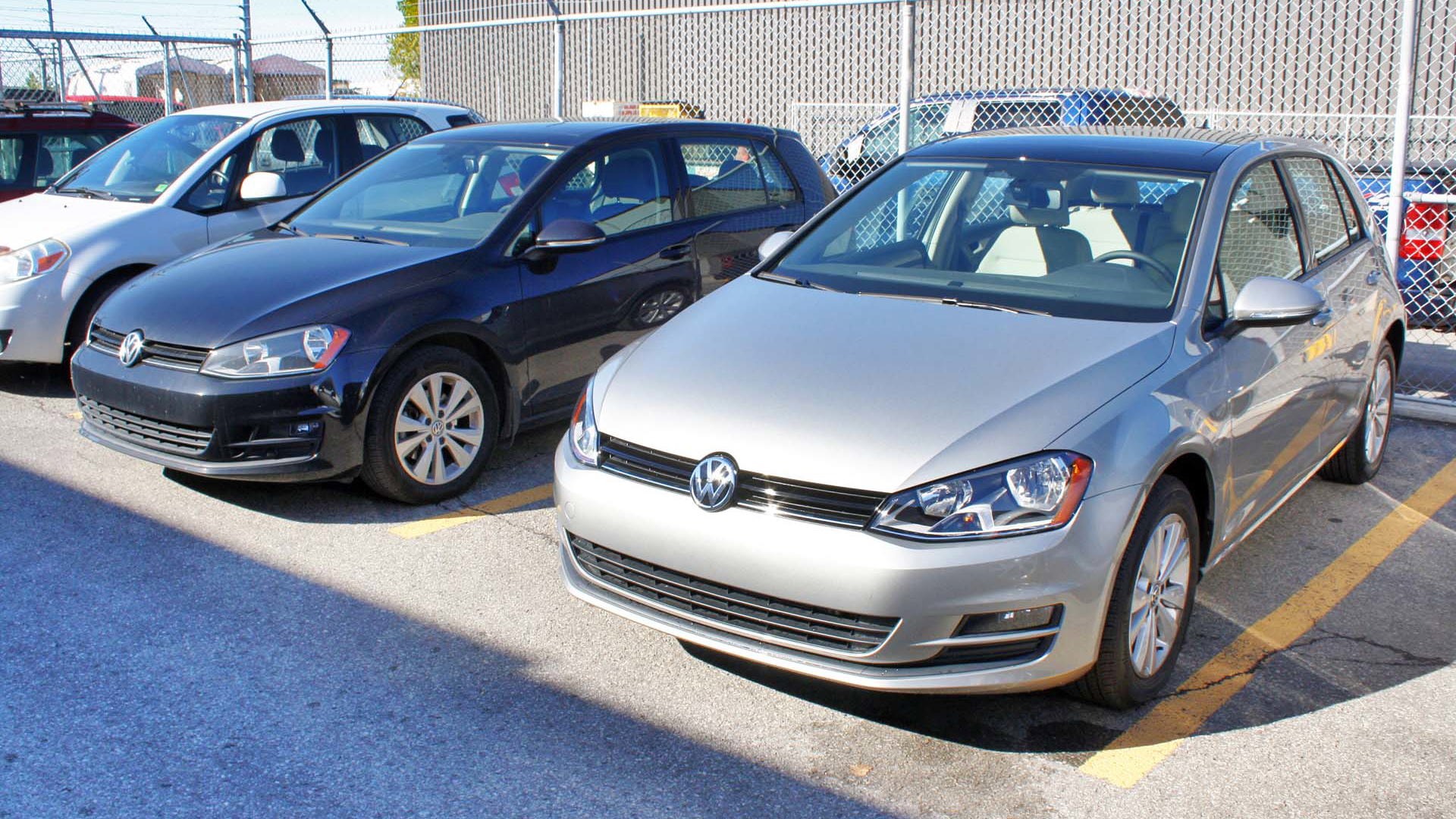
Here in Canada, VW is facing class-action suits in court initiated by the consumer, not the government, creating a different legal context. Both parties were to provide a progress update to Canadian courts on July 29 and the public was informed that discussions were ongoing, all details remaining confidential.
On September 30, VW posted a press release on their website stating that no TDI models will be sold in Canada for the 2016 and 2017 model years – one dealer I talked to is losing all of his end-of-lease Touareg customers because of this. The next scheduled court update was on October 18, but all that came out from Volkswagen and the class-action plaintiffs during the Ontario and Quebec court update was, “The parties continue to engage in productive discussions and will keep the Courts updated.”
Of course, all details are subject to a court order of confidentiality, so we won’t know a thing until the next court update, scheduled for December 18 and 19. Merry Christmas.
Volkswagen of Canada (VWoC) did mention on October 25 that an agreement was finalized in the US, but that it applies to the US only, in a press release so short that it could have been sent by text message.
At the time of this writing, 1,032 persons have subscribed to the @VWCanadaTDI Twitter feed, and VW keeps answering questions by posting again and again that talks are ongoing and must remain confidential as per court orders. As more and more details emerged from one court date to another in the US, Canadian TDI owners’ patience grew thinner and thinner, as can be attested by reading a few tweets on that topic. The most patient player in the Canadian Dieselgate theatre has been our own government, which has just joined the bandwagen. Volkswagen is being investigated by Environment and Climate Change Canada (ECCC) for importing vehicles with software intended to defeat emission testing – better late than never, I guess. If sufficient evidence of violations is found, the ECCC may recommend to the Public Prosecution Service of Canada that charges be laid against VWoC. If convicted, VW Group (Volkwagen, Audi and Porsche) may be fined $6M per offence and may have to forfeit all profit made by selling these vehicles. So even though Ottawa is a bit late to the Dieselgate party, it may still bite off its own chunk of VW’s cash reserves.
Pulling the plug
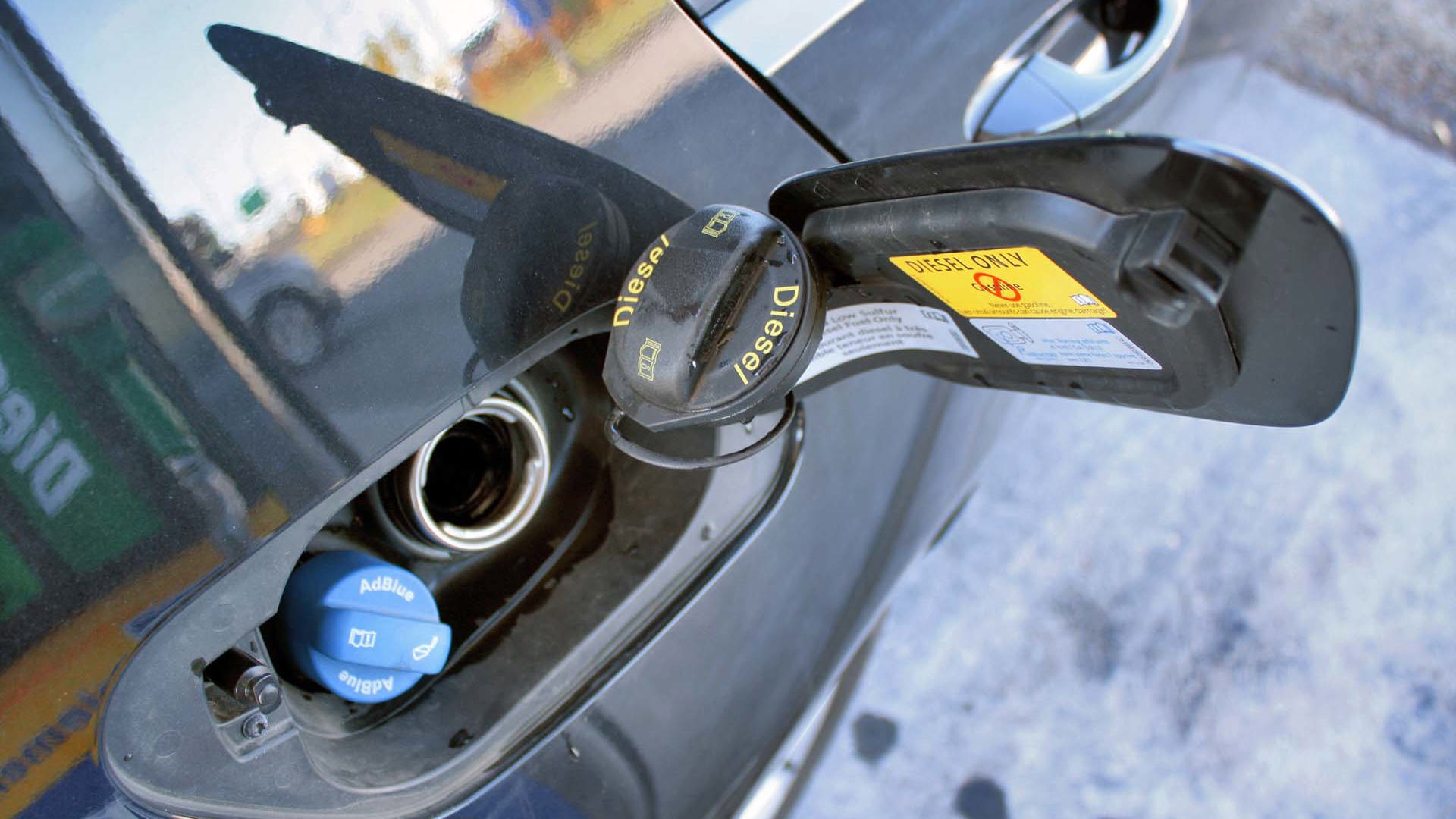
Dieselgate means that “peak diesel” is behind us – get ready to see a sharp decrease in oil-burning offerings, and not only at VW’s group of brands. The EPA is putting a firm grip on new diesel vehicle certification, and right now only Jaguar and BMW had their 2017 models certified for sale. EPA delays have forced the mighty Mercedes-Benz to revise its product plans for 2017, scrapping the planned C-Class diesels. (Remember that lovely wagon from auto shows last winter? Sigh….) General Motor’s turbodiesel mid-size trucks only arrived to market late in 2016, and so far the 2017’s have not been certified. FCA has stocked 2016 EcoDiesel RAMs and Grand Cherokees.
VW Group has, of course, scrapped all TDI options for 2017, including in its premium SUVs. The 3.0 TDI V6 engine used in Touaregs, Cayennes and various Audi models also has its share of EPA problems: 85,000 vehicles sold in the US don’t meet emissions, but for an undisclosed reason separate from the test-defeat software. VW wanted to avoid buying back expensive premium vehicles and alienate its top-tier customers, but rumours just out of Germany indicate that Audi US is about to buy back 25,000 diesel vehicles that can’t be modified to meet emissions standards. The 3.0 TDI discussions are taking place separately from the massive 2.0 ordeal, and the same Judge Breyer will see Audi’s lawyers in court on November 3, 2016.
VW put on a brave face at first, standing behind diesel technology as part of a more efficient future, but recently they publically stated that most of its diesel vehicles will never return to the North American market. Reading between the lines, they may give it a try for larger SUVs or premium offerings, but the days of diesel Golfs, Jettas and Passats are truly over.
Instead, VW is plunging full steam ahead in its electrified future, now promising to have 30 electric vehicles on sale by the year 2025. The current e-Golf should be on sale in Canada next summer – VWoC’s first zero-emissions vehicle to be offered here. Now that more cases of emissions cheating have surfaced in Europe, with other manufacturers involved this time, the signs are clear – diesel will begin phasing out of the passenger car industry.
The cost of going TSI for TDI owners
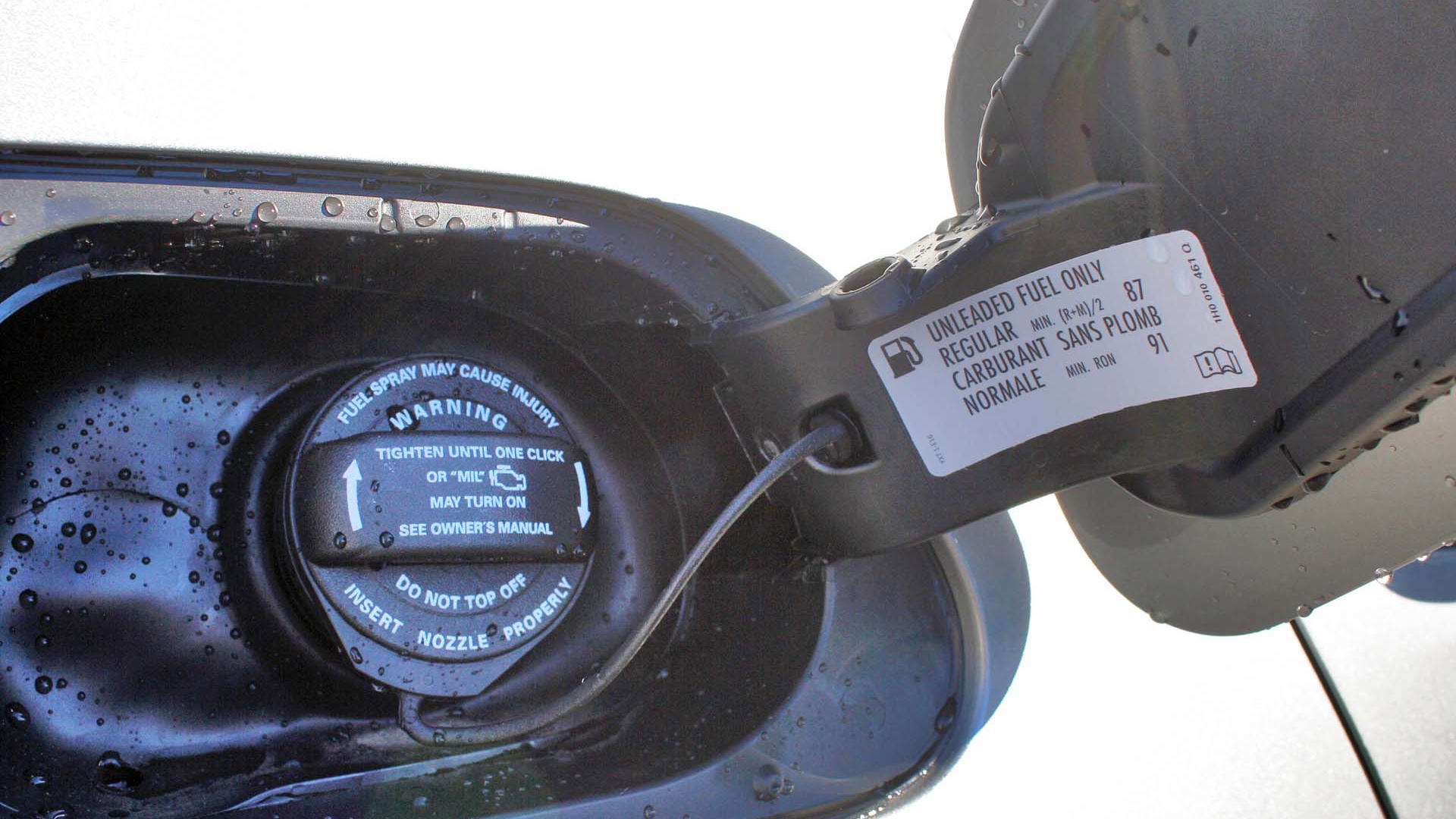
Thanks to Dieselgate, as owners we now all know why our TDI’s were getting fuel economy numbers that easily squashed the official Energuide scores. To recap: the cars “know” when they are in a lab situation, and use the “correct” emissions parameters to the detriment of hp, torque and fuel economy. The official numbers for a 2015 Golf TDI with DSG transmission, my car, are 7.5 / 5.5 / 6.6 L/100 km, city / highway / combined. Out of the lab, in the real world, the ECU (engine control unit) optimizes driveability, giving us TDI drivers torque galore, great fuel economy and, despite that, no visible diesel soot. Since I keep a detailed log of all car expenses, I can tell you that my own combined average, heavy on city use and computed from fuel receipts, is 6.5 L/100 km, a near-match of the Energuide combined average. Cheater numbers or not, what comes out of our pocket is what we know – the actual cost of using our TDIs in the real world.
In order to fully grasp the out-of-pocket cost of un-dieseling for TDI owners, I borrowed a 2017 VW Golf TSI from Volkswagen’s press fleet; all Golfs now feature this 170 hp 1.8L turbo four that runs on regular gas. The loaner car is a direct match to my own Golf: Comfortline trim level, convenience package, automatic transmission. It even has the same brand and model of tires! The only deviation from an apple-to-apple comparison is the fact that my car, with 15,000 km on the odo, is broken-in and has had its first service, while the TSI is brand-new, with only 158 km of pavement experience.
Also, while both automatics feature six forward gears, the TDI is paired to the more efficient DSG twin-clutch automated manual, while the TSI has a regular torque-converter automatic. Otherwise, it’s the most straightforward gas vs diesel test possible. Both cars were used on back-to-back weeks for regular suburb–downtown commuting, driving to meetings and running errands on the very same roads. No hypermiling, no autocross antics, no funny weather, no cheating.
To establish a benchmark with the TDI, I started the reference week with a full tank, having filled up near the fleet operator that manages fleet cars for VW and other brands. On the following Monday, I filled up the car with the same pump, the trip computer showing 5.8 L/100 km – my calculator countering with 6.4 L/100 km. I blame the error partly on the car, and partly on the partial fill-up, but 6.4 is a good match for my 6.5 lifetime average, confirming a reliable reference week. Leaving my TDI with VW, I drove the Tungsten Silver gas Golf to the same pump, and filled it up to the rim – using a different nozzle – to start the week. Game on!
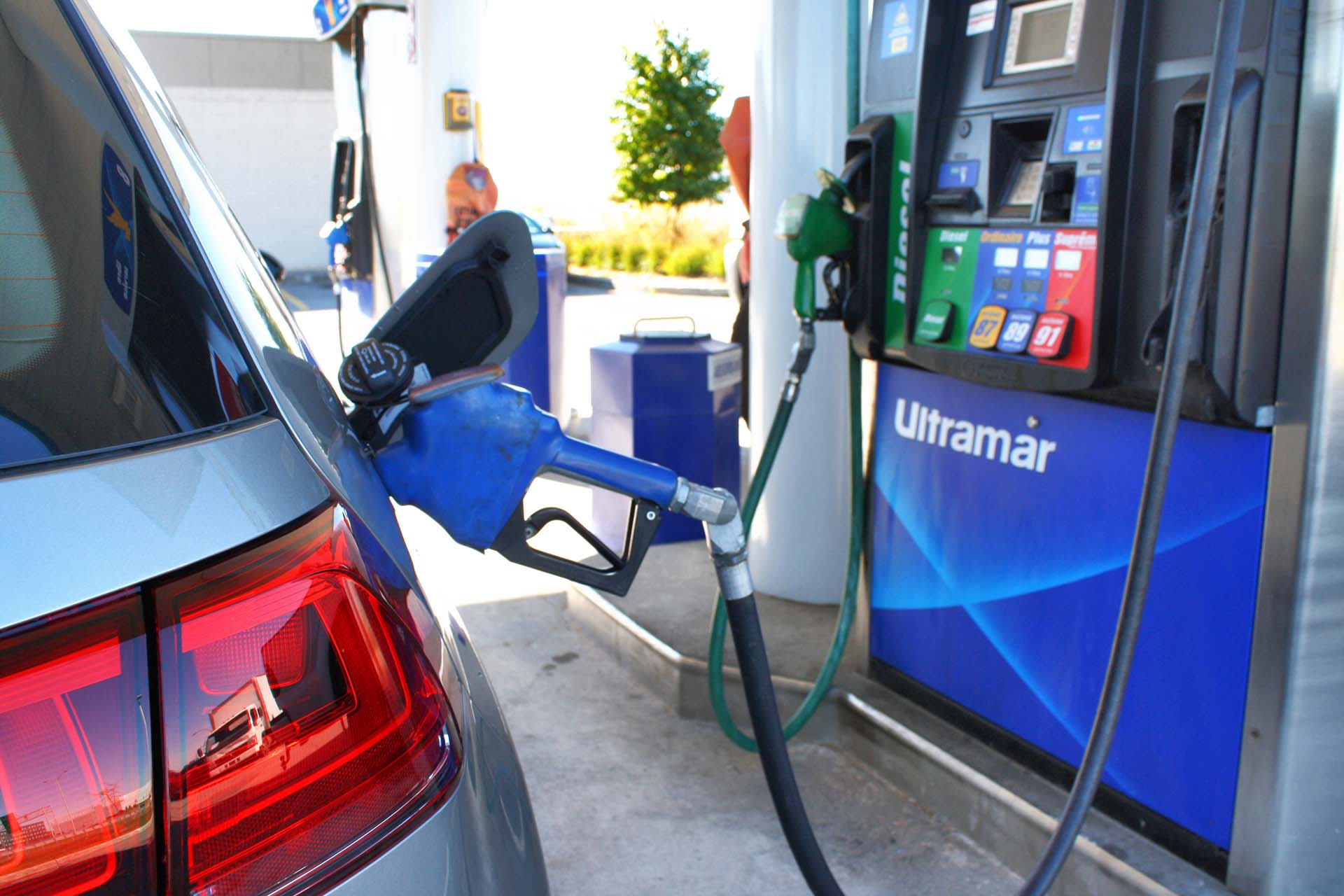
The Energuide ratings for the 2017 Golf TSI automatic are 9.4 / 6.7 / 8.2 L/100 km, city / highway / combined. I drove the “clean gas” Golf on the same roads, in the same heavy traffic, on a typical commuter week for me. Seven days later, I fill up the car, again at the same pump. The results: 8.8 L/100km on the trip computer, 9.1 by running the math – pretty close the the Energuide city rating. I did notice the TSI did not shrug off bumper-to-bumper traffic as well as the TDI, with the trip computer fuel numbers spinning up faster when idling. Averaging trip computer / calculator results nets a 2.9 L/100 km advantage for the diesel.
The average Canadian drives 15,200 km a year according to Natural Resources Canada. Thus, if this average Canuck moves from a TDI to a TSI, based on that extra 2.9 L/100 km, he will buy an extra 441 litres of fuel over a year, at a national average of $1.0691 per litre of regular gas, for a total of $471.47. Furthermore, on average diesel fuel would have cost our TDI driver $0.0348 less per litre during that same statistical reference set, so going TSI means using more fuel, and paying more for the same volume of fuel. Given the broad regional price spectrum of fuels, living in Quebec, my personal cost increase would actually be much greater, so let’s round my extra yearly cost to $500.
A final number to consider: on average, the typical Canadian will keep his new car for nine years, according to industry expert Dennis DesRosiers.
Combine these numbers and you will find out that an average Canadian VW TDI owner will easily have to spend an extra $4,500 on fuel during the ownership of a direct gasoline replacement of his TDI vehicle. That’s no pocket change, and for most of us it may nil the “free money” vibe of the upcoming compensation, should we receive any on our side of the border. And let’s not forget: buyback values in the US settlement don’t include the taxes paid, winter tires and wheels, all dealer-installed accessories and F&I items like extended warranties, paint treatments and such.
All I want for Christmas is…
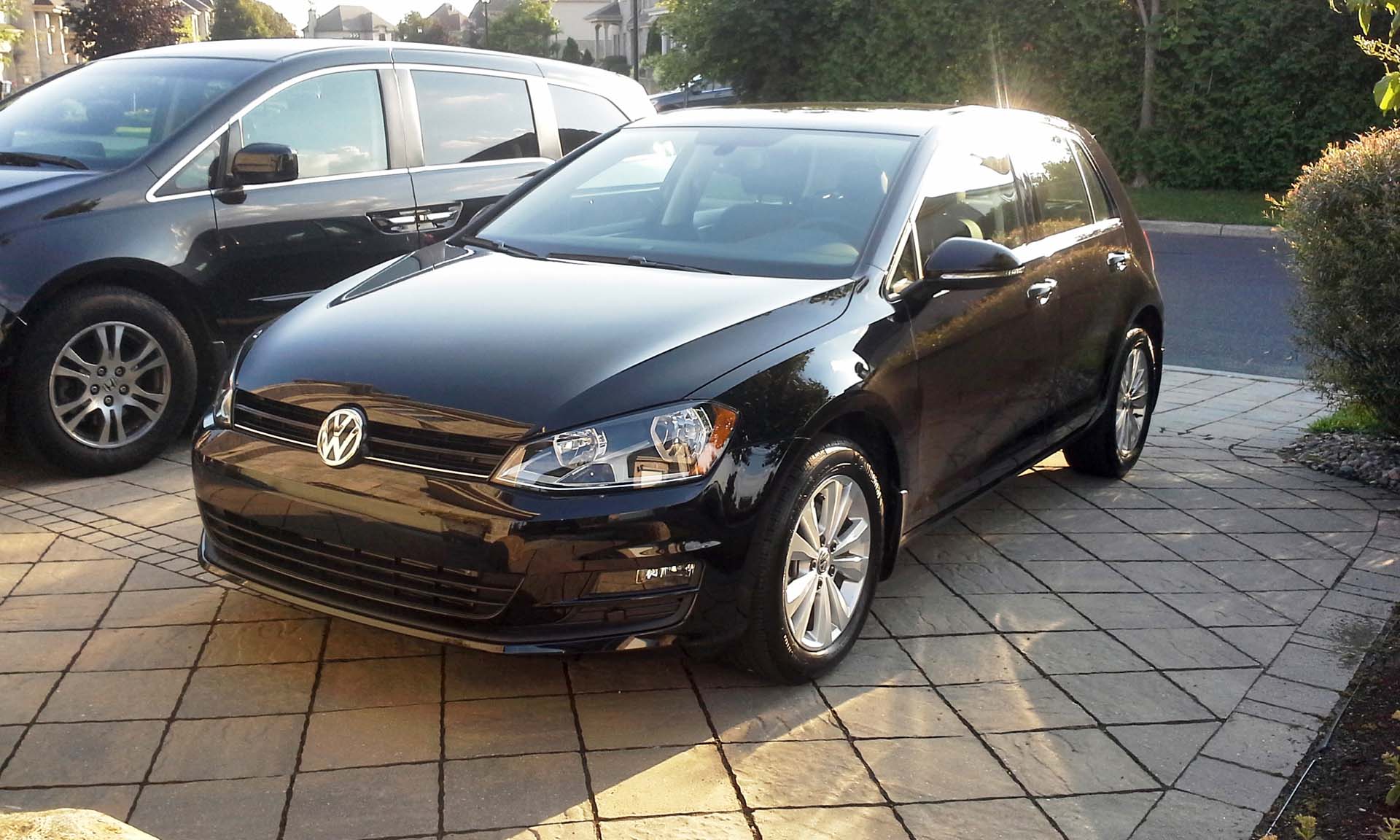
As each Canadian court date came and passed without any form of concrete information handed out, my own frustrations with the situation kept rising. So many questions are left unanswered, including one that the Americans did not discuss.
Most of us in Canada pay a harmonized sales tax of 15% on our new cars. If we sell our TDI back to VW and get another V-dub, will the transaction be treated as a trade to reduce the amount of taxes to be paid? I just paid a bunch of taxes on a $30k car in August 2015 – will I have to do so again just 18 months into the vehicle’s ownership? That’s an extra $4,500 expense, pushing my own Dieselgate costs to $9,000 when added to the extra fuel bill – not fair!
And one has to wonder if our Canadian consumer protection laws will come into play for vehicles like mine, who were just a few weeks old when Dieselgate erupted. According to our laws, if sold a new product that did not meet government requirements, are full refunds a possibility?
With the cancellation of the Jetta Hybrid for 2017, the only car left in the entire VW Group portfolio that has any hope of matching TDI fuel economy – and an owner’s yearly operating costs – is the Audi A3 e-tron, not exactly in the same pricing ballpark as most 2.0L TDI cars. I’m convinced the vast majority of Canadian TDI owners bought their cars because they’re cheap on fuel and generous on torque, fun to drive and full of personality. The gas Golf I drove for a week was beige on beige. A funny coincidence, as I could not believe how different the Mark VII Golf felt without its TDI heart and DSG transmission. The spark was gone.
So, in the TSI vs TDI matchup, for me there’s no contest: I’ll take my TDI anytime. But should the Canadian settlement impose that all TDIs be taken for a last ride behind the barn, the A3 e-tron is a PHEV Golf in disguise that offers the torque, friskiness and frugality of the TDI while being built on the same modern MQB platform. So my Christmas wish to all TDI owners is to find closure during the December 19 and 20 court hearings, putting an end to that unnerving saga. As for me, if I can’t keep my beloved TDI, I want an Audi A3 e-tron under the tree. In black. Thank you in advance, Santa, from all of us.
PS – Don’t forget to mount your snow tires on your TDI – it’s going to be a long winter.
